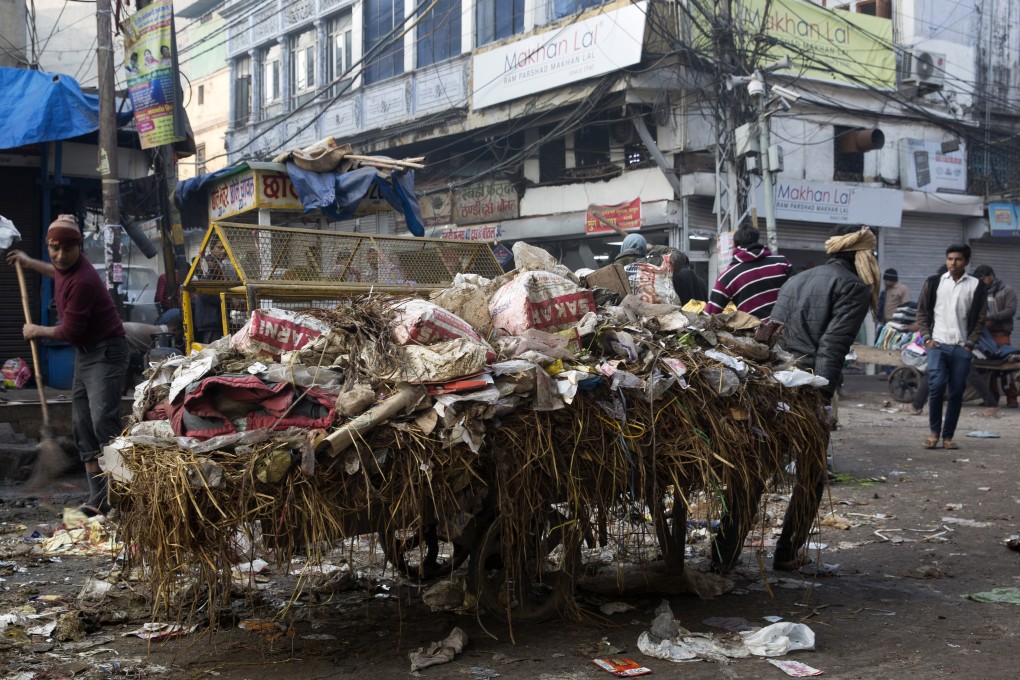How Modi’s budget failed India’s poorest and most vulnerable
- The budget was eagerly awaited amid the country’s economic doldrums, with GDP growth at an 11-year low and unemployment at a 45-year high
- But experts say cuts to rural food and jobs programmes risk harming the people who rely on them.

But this has not deterred the women of Tongabad. Since 2016, led by Meena Sondarkar, they have organised themselves and demanded employment under a state-sponsored scheme, the Mahatma Gandhi National Rural Employment Guarantee Act. The scheme promises 100 days of work each year for people who are asked to work on government projects, such as constructing semi-paved roads, planting trees or building small water-storage facilities.
“This pays us 206 rupees [US$2.90] a day, more than double what we get on the farm. More importantly, unlike farming, we don’t have to incur debts here to earn money,” said Sondarkar, 35.
At a time when India’s economy is in a pronounced slowdown – GDP growth has fallen to an 11-year low of under 5 per cent, unemployment is at a 45-year high and consumer spending has declined for the first time in four decades – the jobs programme was a reliable source of succour for women like Sondarkar.
But when India’s finance minister Nirmala Sitharaman presented the country’s budget on February 1, it contained cuts of more than 12 per cent to the programme’s funding – jeopardising many people’s chances of finding employment. “A cut in funds will translate into fewer days of employment and fewer people getting these jobs. How will rural populations then find the money to spend and spur economic growth?” asked Rahul Bais, founder of Swarajya Mitra, a not-for-profit that works in Amravati on issues of education and women’s empowerment.